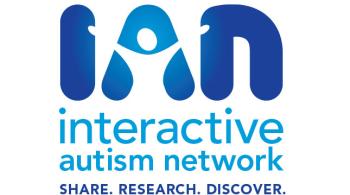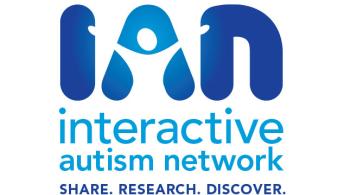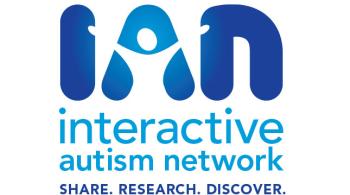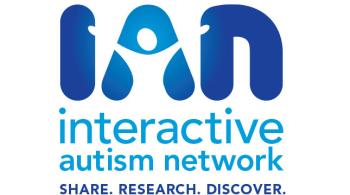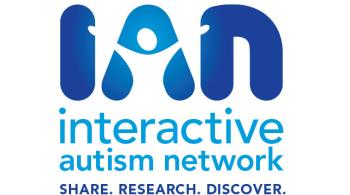As we explore current autism interventions, we have remarked on the fact that "folk wisdom" can lead to scientifically proven treatments...or not. For an example of a fiercely believed in and centuries-old treatment that was eventually discredited, see Story of Blood-Letting. The story below, in contrast, demonstrates how a practice based on folk wisdom became an "evidence-based" treatment.
“Malaria or a disease resembling malaria has been noted for more than 4,000 years. From the Italian for ‘bad air,’ mal’aria has probably influenced to a great extent human populations and history.” – from the Centers for Disease Control’s History of Malaria, an Ancient Disease1
On many occasions throughout history, the path to a medical discovery has been incremental. This path might begin with a single person’s observation –perhaps entirely accidental — of some effect. As people begin to try to recreate the effect, a substance or therapy comes into widespread use. As use becomes common, the attention of physicians or scientists is gained, and the substance or therapy is tested. If the substance or therapy truly has merit, it will move the entire distance along this path: from being used by accident, to be using according to folk wisdom, to being a proven medical treatment. Quinine, a natural substance used for centuries to treat malaria — a mosquito-borne and potentially deadly disease — provides one excellent example.
Quinine’s story began before recorded history in South America. One legend has it that a feverish Indian, desperate with thirst, came across of pool of stagnant water and drank from it. He noticed it was very bitter, and worried that he had been poisoned by the quina-quina trees surrounding the pool. As it turned out, his fever quickly disappeared. 2
The natives of South America who became ill from malaria could not have understood what was causing the fever. But it seems they knew it could be assuaged by using a preparation of the bark of the cinchona, an evergreen that grew on the eastern slopes of the Andes mountains from Venezuela to Bolivia. The Jesuits learned of the ‘quina-quina’ bark’s anti-malarial properties in Peru and are credited with introducing cinchona bark into medical use in Europe around 1640. By 1681, it was widely accepted as a malarial remedy.”3
During the mid-1700s, chemists became convinced that there was truly an “active property” in the cinchona bark — something that was responsible for its curative powers. (This was a period when “the effectiveness of medicinal natural products commenced to be attributed to science and not to magic or witchcraft.” 4 ) By 1820, two French scientists isolated this key curative element: quinine. By 1944, American scientists had developed synthetic quinine, which had far fewer side effects than the natural variety. Since then, some malarial parasites have become resistant to the synthetic variety, and so natural quinine is being used once again.
It is interesting to note that another herbal remedy with a thousand year history -- artemisinin, extracted from the Qinghao or wormwood plant -- is also recognized as a powerful anti-malarial drug and has partly replaced quinine. 5
This story is certainly applicable to IAN and autism research. First of all, it indicates that we need to identify what treatments or therapies have already achieved wide popular use. Such wide use provides scientists an indication that a certain therapy or substance may be of value. The IAN data will help scientists prioritize which treatments warrant further testing. The goal is to get us to the point where there are more evidence-based, effective treatments for autism.
References:
- >Centers for Disease Control and Prevention. (2004). The history of malaria, an ancient disease. Retrieved 1/22/07 from www.cdc.gov/malaria/history/index.htm.
- Medical Discoveries Website. (2007). Quinine. Retrieved 2/7/07 from http://www.discoveriesinmedicine.com/Ni-Ra/Quinine.html.
- Dagani, R. (2005). Quinine. Chemical & Engineering News. Retrieved 2/2/07 from http://pubs.acs.org/cen/coverstory/83/8325/8325quinine.html.
- Kaufman, T.S., & Ruveda, E.A. (2005). The quest for quinine: Those who won the battle and those who won the war. Angewandte Chemie International Edition, 44(6), 854-885. Abstract
- Centers for Disease Control and Prevention. (2004). The history of malaria, an ancient disease. Retrieved 1/22/07 from http://www.cdc.gov/malaria/history/index.htm.






